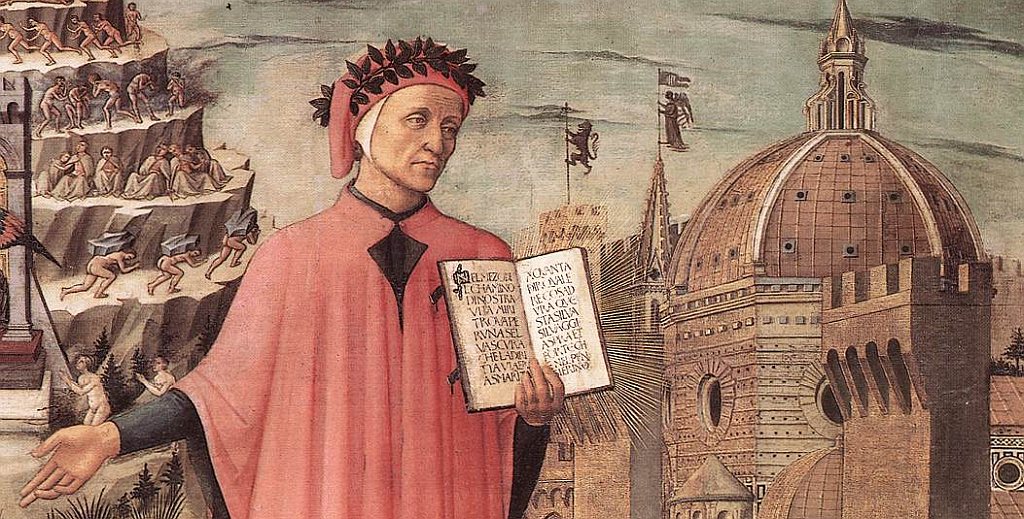Surprised you did not mention Daphnis & Chloe. That's probably the most romantic story from antiquity.
It's a 'Roman' era one, not an 'ancient Greek' one.
As for the rest, I think we have a difference in what we're talking about. You're describing me why Arthurian and Carolingian stories have had success. I'm not very knowledgable on the subject and I'd say that your take on it convinces me. But it doesn't really answer my question.
My questions is not why modern literature (and in extention, gaming, which is the thread's subject) is that way. My question is why was the setting in the medieval in the first place. You're sort of answering that with your final sentence.
My initial question is why the fantasy setting feels 'better' in Medieval times than in Antiquity. Your response was the romance of it, which I still am not convinced that is in any way superior to anything before or after. I find the matter subjective.
P.S: Can we be certain that the Arthurian legend is not based on an older Celtic myth?


